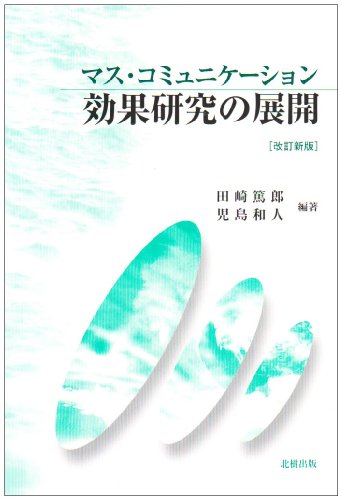1 0 0 0 マス・コミュニケーション効果研究の展開
- 著者
- 田崎篤郎 児島和人編著
- 出版者
- 北樹出版
- 巻号頁・発行日
- 2003
1 0 0 0 肩関節包肩甲骨側付着部の解剖学的調査
- 著者
- 田崎 篤 二村 昭元 加藤 敦夫 山口 久美子 秋田 恵一 星川 吉光 望月 智之
- 出版者
- 日本肩関節学会
- 雑誌
- 肩関節 (ISSN:09104461)
- 巻号頁・発行日
- vol.36, no.3, pp.787-790, 2012
<B>Background:</B> Anatomical information of the insertion of the capsule around the glenoid is essential to recognize the pathological mechanism of shoulder disorders and perform better surgery.<BR><B>Methods:</B> Twenty five shoulders were dissected to investigated the morphology and size of the insertion of the capsule around the glenoid. We treated superior capsule as capsule-CHL. The location of glenoid rim was expressed as the location of the clock face of the glenoid.<BR><B>Results:</B> In the superior margin of the glenoid, the insertion of the capsule-CHL complex covered broadly to the base of the coracoid process in a triangular shape. Belt-like shape insertion was observed in posterior margin of the glenoid. Whereas as you followed anterior to the anteroinferior part, 4-5 oclock was thicker, then gradually thin down toward inferior. The average maximum width of the anterior and posterior insertion was 8.1mm (6.6-10.1mm)and 8.1mm (6.6-10.1mm), respectively. Although the width of insertion tapered, the capsule sent its fibers and connected to the lateral part of the LHT. Its attachment was observed as a thick portion from inside of the joint. This portion was observed as the posterior inferior gulenohumeral ligament.<BR><B>Conclusion:</B> The fact of thick attachment of the capsule on the glenoid rim should be considered when we perform surgery for shoulder instability. Fibrous connection between the capsule and LHT, which compensates for thin capsular attachment at inferior part, reinforces inferior stability. Since contraction of LHT pulls the inferior capsule inferiorly, this mechanism may have a role to avoid impingement of the inferior capsule.
